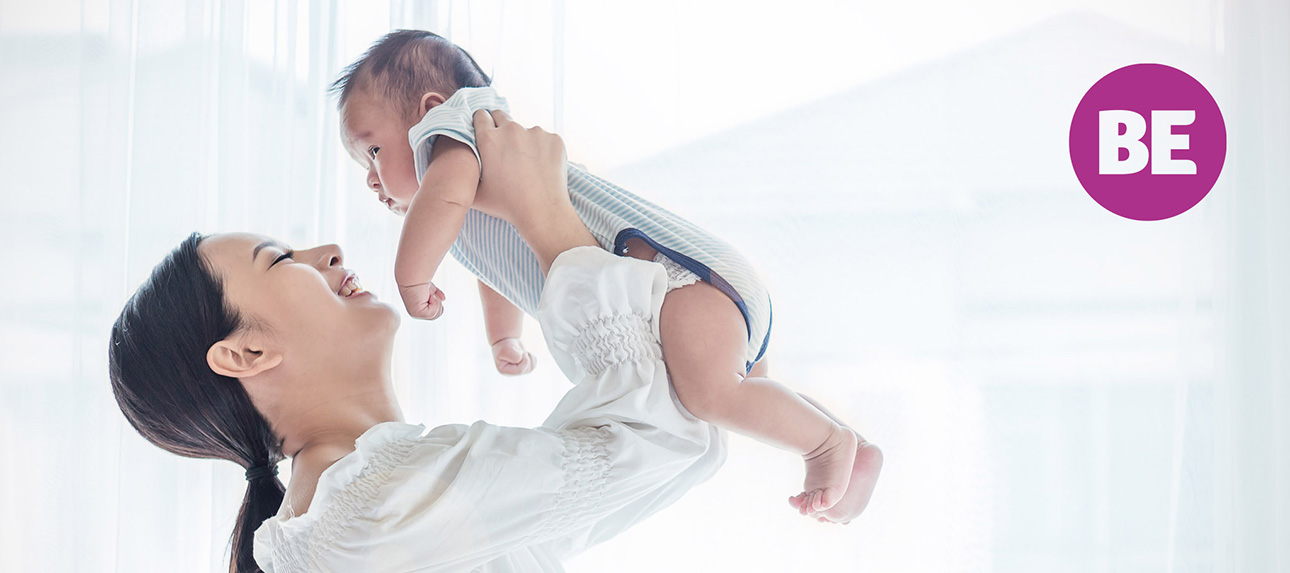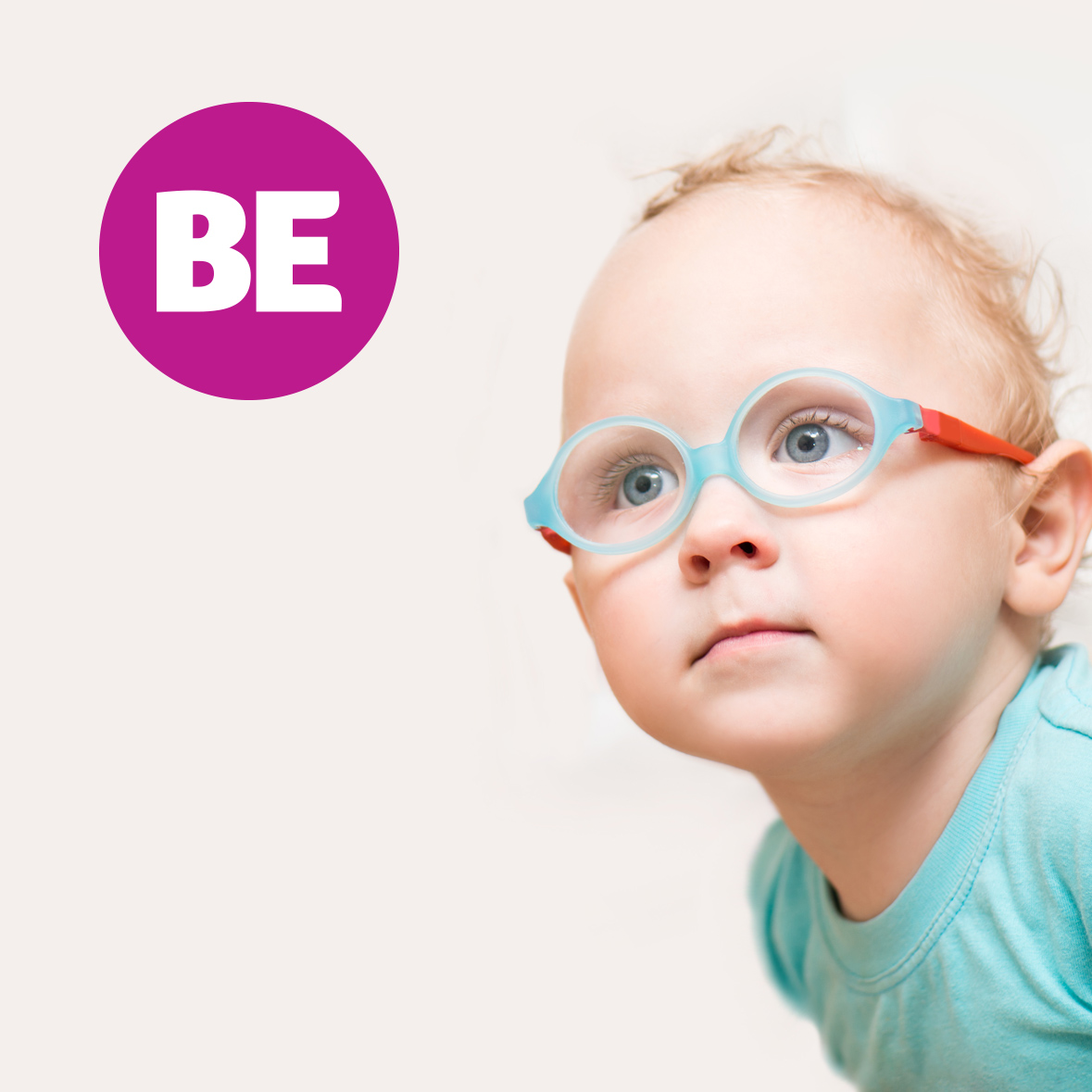0-1: Early years require early intervention
A key stage in our visual development, where early intervention is key to ensuring the best outcome possible.
Visual development is a dynamic process relying on normal eye function and normal brain function. During the first months of your baby’s life visual development is rapid, keeping pace with their general development. Unattended abnormalities in eye structure, alignment or refractive errors can impede normal visual development and have lasting effects. Your GP and Health Visitor will monitor your baby at various intervals, but if you have any concerns, it is always better to have them investigated, even just to confirm that everything is OK.
Our team at Bright Eyes has a wealth of expertise and experience in assessing babies of all ages and will ensure that your concerns are addressed and that you’re given all the information you need or want.
Hopefully, this may only consist of reassuring you that ‘your baby is just fine’. However, if there are any issues that need addressing, we’ll ensure that the pathway to diagnosis and treatment is clear to you and, as always, you are fully informed and supported along the way.
Things to watch out for
At any age if you have concerns it is always best to have them addressed.
- Do my baby's eyes appear unusual, red or uncomfortable?
- Are my baby’s eyes sticky and constantly watery?
Once your baby reaches 6 weeks old, their visual engagement should be good and we strongly recommend seeking advice if you notice anything potentially amiss:
- Is my baby looking directly at me?
- Is my baby's gaze steady?
- Do my baby's eyes appear to be looking in the same direction?
Book an Appointment




